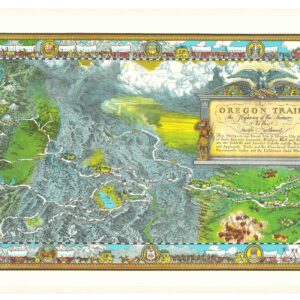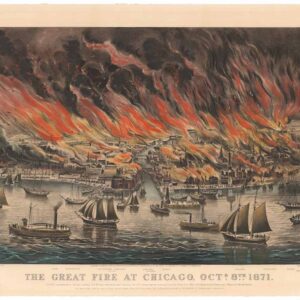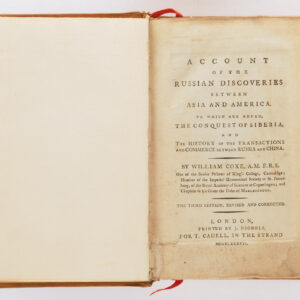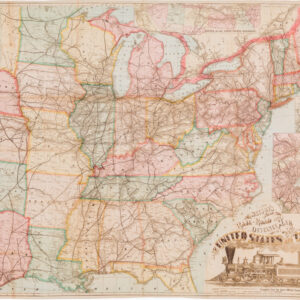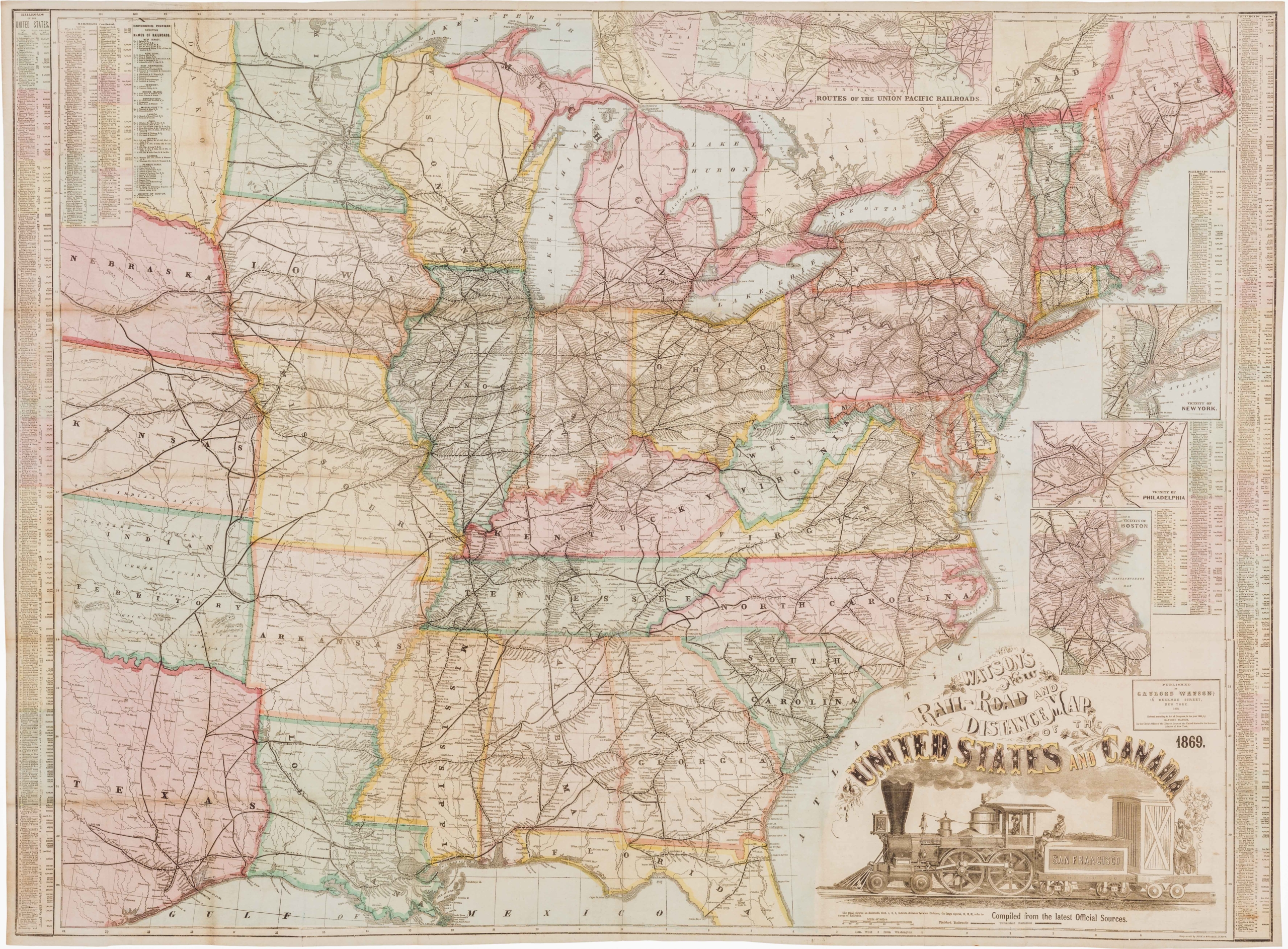Bachelder’s iconic 1863 view of the Battle of Gettysburg.
Gettysburg Battle-Field.
$3,500
1 in stock
Description
Click here to see a video about John Bachelder and the Battle of Gettysburg.
A remarkable and scarce 1863 proof state of the most iconic view of the American Civil War Battle of Gettysburg ever made. This bird’s-eye-view of the Gettysburg battlefield was issued by John Bachelder just months after the actual event. Only days after the battle, Bachelder arrived in Gettysburg, and he spent the subsequent 84 days in meticulous study of both the battle and the battlefield: he walked the field daily, interviewed thousands of recovering soldiers on both sides (both commanders and enlisted men), and reconstructed all three days of the battle. Confederate General Wade Hampton of South Carolina described his work thus:
“It appears that Mr. Bachelder, having the advantage of a military education, and love of history, went to the front early in 1862, more than a year before the battle of Gettysburg, to be in a position to collect data when the most important battle of the War was fought.
“Bachelder presents the battlefield in tremendous detail as if seen from a high point to the west. He utilizes dramatic shading to illustrate topography and pictorially illustrates drainage, vegetation, roads and streets, railroads, bridges, houses and names of residents, fences, and points of interest on the battlefield. Even the boundaries between fields are noted. The battle is rendered over time using an ingenious system of color coding that allows the reader to break down the events of the battle as it progresses over three days, from July 1st to the 3rd, 1863.”
Union General Winfield Scott Hancock, who was seriously wounded during Pickett’s Charge, was so impressed by the view that he sent it to President Lincoln, along with Bachelder himself.
Below the view proper there is a small sketch plan of the Soldiers National Cemetery where the sections dedicated to various states are noted. In addition, there are reproduced signatures of various generals and commanders including A. Doubleday, John Newton, W. S. Hancock, D.B. Birney, G. Sykes, John Sedgwick, O. O. Howard, A. S. Williams, and H. W. Slocum. An additional statement attesting to the accuracy of this view is signed by Major General George G. Meade.
There are several editions of this map, all of which are very different: some are uncolored while others lack the dramatic sky and are superimposed with a grid. The present example is a proof state, as noted to the left of John Newton’s signature, of the most iconic version of this important view.
Cartographer(s):
In 1861, John Bachelder, a former military officer, artist and military historian, was struggling to find sources for a historical depiction of the Battle of Bunker Hill. When the American Civil War broke out, he abandoned the project to follow the Union Army of the Potomac to document their campaigns. When he heard of the great battle taking place at Gettysburg, PA, he made his way there, arriving before the last of the dead were buried. Recognizing its importance, Bachelder thereafter made a life’s work of documenting the battle.
Bachelder exhaustively documented the battle through interviews with its participants, and it was he who initially conceived of the phrase, “the high water mark of the Confederacy,’ identifying the brief push by Confederate forces during Gen. Longstreet’s Day 3 assault (Pickett’s Charge) into Union lines at a place called “The Angle” as the South’s best, and last, chance to defeat the Union. Bachelder’s records and depictions of the battle are without comparison and remain historically and artistically significant.
Condition Description
Better than most examples including those at the Library of Congress. Professionally and meticulously restored and backed with heavy linen. Several expertly repaired tears from left and right margins and from bottom edge. Patch in lower left margin. Visually impactful, bright, and clean. Vibrant color.
References
Grim, R., and Block, D., Torn in Two: 150th Anniversary of the Civil War, pp. 134-5.
Rumsey #3655 (variant uncolored edition).
Stephenson, Civil War Maps: an annotated list of maps and atlases in the Library of Congress, #321.
Library of Congress, Map Division, G3824.G3S5 1863 .B32, G3824.G3S5 1863 .B321.
